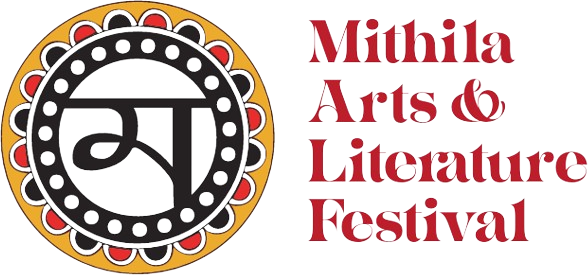The Mithila region of India and Nepal is steeped in rich traditions, and among its many festivals, Chaurchan stands out as a unique and deeply spiritual celebration. Known by several names such as Charchanna Pabni, Chauth Chand, or Chauth Chandra, this festival is primarily dedicated to Lord Ganesha and Chandra Deva, the Moon God. For married women in Mithila, Chaurchan is not just another fasting ritual; it is a vibrant, soulful event filled with customs, myths, and a deep sense of devotion.
The Significance of Chaurchan
Chaurchan is more than a festival; it’s a bridge that connects the spiritual with the everyday life of the Mithila community. Celebrated on Bhadra Shukla Chauth of the lunar calendar, it coincides with Ganesh Chaturthi, another important Hindu festival. On this day, women of Mithila come together to worship Lord Ganesha, Goddess Parvati, Lord Vishnu, and Chandra Deva, seeking blessings for the well-being of their families.
The rituals begin with women cleaning their courtyards, smearing them with cow dung—a practice believed to purify and sanctify the space. Intricate designs, known as Pithar, are drawn using rice paste, and a splash of vermilion is added for color and blessings. The heart of the celebration is the courtyard, where a variety of dishes, including kheer, sweets, curd, and fruits, are prepared and placed on large banana leaves as offerings. These delicacies are not just food; they are an expression of gratitude and devotion.
The Ritual of Offering Arghya
As evening approaches, the fast-observing women turn westward, waiting for the moon to rise. The highlight of the Chaurchan festival is the ritual of offering Arghya, where women hold bowls filled with sweets, fruits, and other offerings, and chant specific mantras while offering these to the moon. The mantra often recited during the Arghya offering is:
"सिंहः प्रसेनमवधिस्सिंहो जाम्बवता हतः
सुकुमार मन्दिस्तव ह्येष स्यामन्तकः स्त"
This ritual not only pays homage to Chandra Deva but also serves as a reminder of humility, devotion, and the cyclical nature of life.
Myths and Legends of Chaurchan
Chaurchan is wrapped in legends that add layers of cultural richness to the festival. One popular story involves Lord Ganesha and Chandra Deva. According to the tale, Chandra Deva once mocked Lord Ganesha for his appearance, leading Ganesha to curse him, causing anyone who looked at him to be falsely accused of wrongdoing. The repentant Moon God begged for forgiveness, and while the curse couldn't be entirely lifted, Ganesha allowed that worshipping the moon during Ganesh Chaturthi would protect devotees from false accusations.
Another legend from the Brahma Purana involves Lord Krishna and the Syamantaka gem. Krishna was falsely accused of stealing the gem, which had been taken by Prasena, killed by a lion, and later claimed by Jambavan. After a fierce battle, Krishna retrieved the gem, clearing his name. This story underscores the festival’s deeper themes of overcoming false stigma and seeking redemption.
Historical Roots and Royal Endorsement
Chaurchan’s popularity surged in the 16th century during the reign of King Hemangad Thakur of Mithila. The king was once imprisoned by the Mughal emperor for failing to pay taxes. During his imprisonment, Hemangad composed the astronomical text Grahan Mala, detailing eclipse dates for over a thousand years. Impressed by his knowledge, Emperor Akbar not only released the king but also granted Mithila a tax-free status. Upon his return, the king’s queen remarked, "Today the moon of Mithila has become free from stigma, we will see and worship it." Inspired by this sentiment, King Hemangad declared Chaurchan a folk festival, solidifying its place in Mithila’s cultural landscape.
The Celebration Today
Today, Chaurchan remains a cherished festival in the Mithila region. Amidst the celebrations, Alpana Rangoli designs adorn courtyards, and family members gather in the evening to pay their respects to the moon. The festival, akin to Haritalika Teej, symbolizes devotion, resilience, and the hope for good fortune. For those who participate, it’s a reminder of the moon’s beauty, the power of forgiveness, and the joy of community.
Chaurchan is not just a festival; it’s a celebration of Mithila’s spirit, its traditions, and its timeless connection to the divine. Each ritual, every story, and the shared moments of devotion weave together to create a tapestry that is uniquely Mithila’s—a place where the moon is not just seen but celebrated with love, faith, and gratitude.

